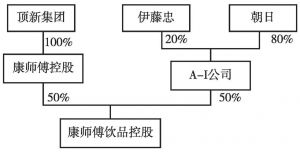论文
台湾家族企业海外创业进入模式的分析:基于顶新集团的个案研究
摘要
台湾家族企业在海外创业可以降低成本,赢得更广阔的市场。通过海外联盟,可以获得核心资源,改善企业管理。本研究表明,由于海外市场文化、市场力量等的差异,同时受限于企业内部自身能力,控制权扩散是台湾企业海外创业过程中追求企业发展壮大的必然要求。家族企业只有不断变革和创新,才能适应环境的变化和市场需求,才能真正做到基业长青,才能走向成功。
检索正文关键字
论文目录
- 一 研究背景与问题
- 二 家族企业界定
- 三 家族企业海外创业进入模式类型
-
四 个案:顶新集团的海外创业之路
- 1.初创阶段:家族合伙业主制治理模式,兄弟齐心
- 2.发展阶段:家族内代际传承
- 3.转型阶段:直接投资,扩大海外市场
- 4.海外扩展阶段:战略联盟
- (1)德克士危机:引入战略联盟,释放部分剩余控制权
- (2)味全危机:引进战略投资,所有权与控制权在家族外分散,但家族仍旧掌握控制权
- (3)饮料市场竞争:建立海外战略联盟,平等分享所有权与控制权
- 结论
相关文献
查看更多>>>




